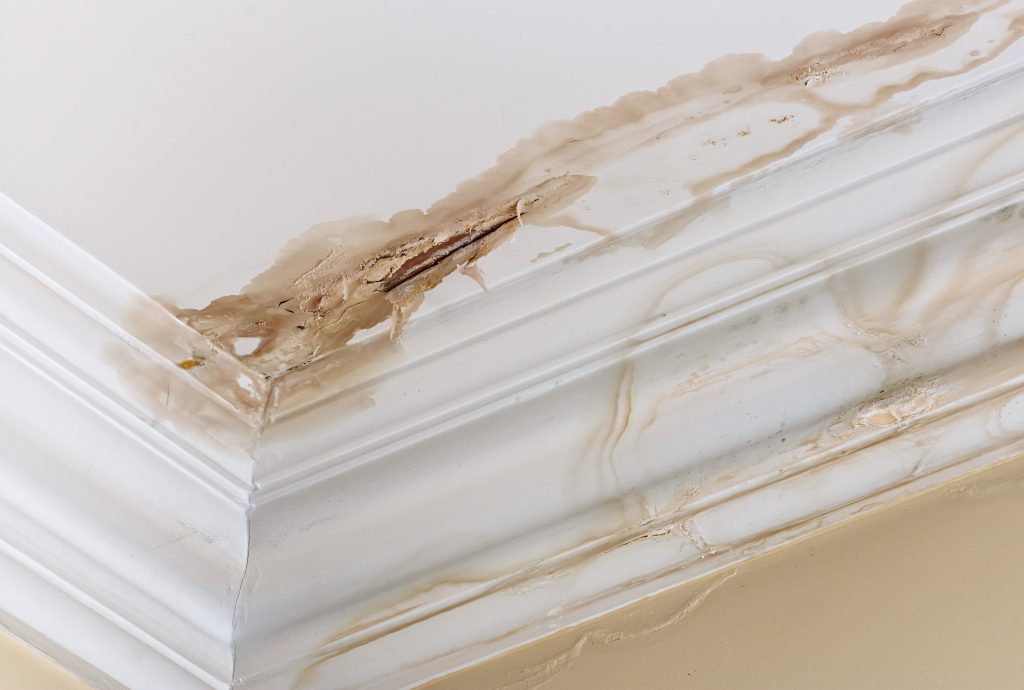Algae on shingles and ceiling may be a sign of a leaky roof. The growing algae may be a breeding ground for dust mites, bacteria, and colonies of molds. Illnesses such as allergy, asthma, and pneumonia may result from exposure to such harmful microorganisms.
Also, HVAC (heating, ventilation, and air conditioning) system may be damaged. In areas where precipitation is high, repairing a leaky roof in areas like Northern Virginia is mandatory.
Illnesses
Because of dust mites, some immune systems develop allergies. Allergies may be severe enough to become a life-threatening situation. Also, mucus production increases in the lungs. Persons develop a cough to expel the extra mucus. Such a cough may be damaging enough to persons with chronic illnesses. Asthma may also develop. During asthma, the airways constrict, leading to difficulty in breathing. Another illness that may develop is pneumonia. Since most respiratory illnesses are transmitted by air, pneumonia may develop among the residents of the house.
Damaged HVAC system
Insects which feed on bacteria and algae will also consider your house their home. Such insects may clog the HVAC system, decreasing its efficiency significantly.
Negative domino effect
When the ceiling is made up of wood, some fungi that thrive in moisture-loving algae may also cause the wood to rot. More so, termite infestation may cause an adverse domino effect on the house by steadily damaging the house from the top, eating one wood to the next until the house crumbles.
Decreased value of the house
Because of an infested HVAC system and damaged roof, the house’s value may decrease considerably. The prospective buyer will also take into account repairs to be done to the house. This makes reselling the house difficult.
A leaky roof may be neglected by the residents of a house, but it may be the only catalyst that may propel your house downwards.

